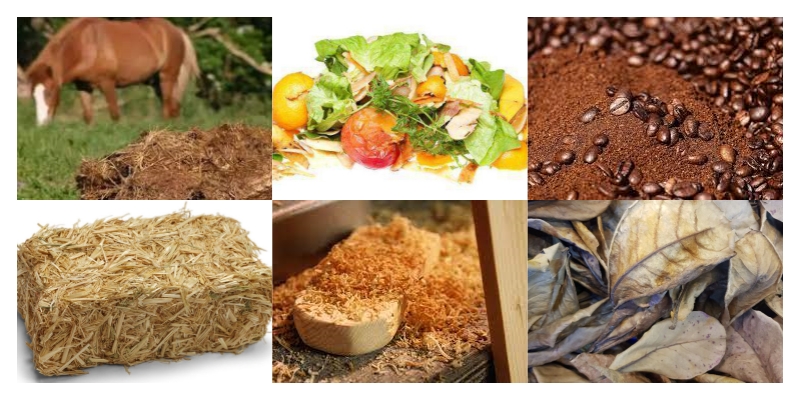The cost of an organic fertilizer production plant often determines whether an investment brings long-term benefit or not. Many companies focus only on the price of machines, but the real answer lies in optimizing the entire manufacturing process. When every step of organic fertilizer powder preparation and organic fertilizer granule or pellet making becomes more efficient, the fertilizer plant setup cost decreases, and the factory gains higher output with lower energy consumption. This article explains how raw material selection, equipment design, and systematic process improvements reduce fertilizer manufacturing plant cost while ensuring stable quality.
What Raw Materials Can Lower Organic Fertilizer Production Plant Cost?
The choice of raw materials directly affects organic fertilizer factory cost. When producers select agricultural wastes, livestock manures, or industrial by-products with stable supply, the fertilizer manufacturing procedure becomes more predictable and economical. For example, chicken manure, cow dung, pig slurry, crop straw, bean dregs, and sugar mill filter mud provide abundant nutrients and require relatively simple pretreatment. These organic inputs suit both organic fertilizer powder production and organic fertilizer pellet making.

In addition, material uniformity improves downstream granulation and reduces energy consumption of crushing machines and compost equipment. Stable raw materials shorten composting time in a fermentation pot or groove type compost turner, thereby lowering electricity use. In this way, careful material selection reduces both raw input expenses and long-term organic fertilizer plant cost by ensuring smoother processing and less waste.
How Do Specialized Machines Improve Organic Fertilizer Granulation Efficiency?
Granulation represents one of the most cost-sensitive procedures in organic fertilizer manufacturing. A well-designed granulator or pelletizer increases yield and cuts energy loss. Disc granulators, double roller extrusion granulators, and new type organic fertilizer granulators allow flexible preparation of fertilizer particles. Each machine suits different moisture contents and production scales, so producers can choose matching models to avoid unnecessary power use.

For example, a double roller extrusion granulator operates without drying, which saves fuel cost and reduces fertilizer factory cost. A drum granulator handles large-scale production and ensures consistent granule size, making downstream screening machines more efficient. By aligning granulator performance with material characteristics, a fertilizer plant reduces unnecessary wear, minimizes downtime, and lowers organic fertilizer manufacturing plant cost.
Why Does Systematic Equipment Combination Reduce Fertilizer Plant Setup Cost?
A fertilizer production line requires more than a single machine. Crushing machines, compost equipment, batching machines, rotary drying machines, screening machines, and packing machines all interact. When these units operate in a coordinated way, the organic fertilizer production process avoids bottlenecks. For instance, accurate batching machines reduce formulation errors, which minimizes reprocessing expenses. Rotary drying machines remove excess moisture efficiently, leading to lower energy use during storage and transportation.
Furthermore, screening machines separate qualified granules or pellets from powder, reducing waste and ensuring consistent quality. When producers integrate machines with proper capacity balance, the organic fertilizer production plant cost decreases through reduced labor time, lower maintenance frequency, and improved material flow. The overall result is a fertilizer factory that consumes fewer resources while producing stable organic fertilizer granules or pellets.
How Do Process Improvements Create Long-Term Savings in Fertilizer Production?
Every improvement in process design leads to lower fertilizer manufacturing plant cost. From raw material selection to granulating and drying, each stage offers chances to save on energy, reduce labor, and minimize waste. By focusing on efficiency rather than only machine purchase price, an enterprise gains sustainable advantages. Energy savings, reliable equipment, and smooth production lines all combine to lower organic fertilizer production plant cost in the long run.
In conclusion, reducing fertilizer plant setup cost depends on a complete strategy: select proper organic raw materials, match them with efficient granulators and compost equipment, and build a balanced production line with drying, screening, and packing units. With these measures, the organic fertilizer manufacturing procedure runs smoothly and economically. For companies seeking a reliable partner in this field, a professional fertilizer equipment manufacturer—Yushunxin—provides advanced machinery and complete solutions to achieve lower organic fertilizer plant cost with higher production efficiency. You can visit: https://www.fertilizerproductequipment.com/organic-fertilizer-production-plant-cost/


